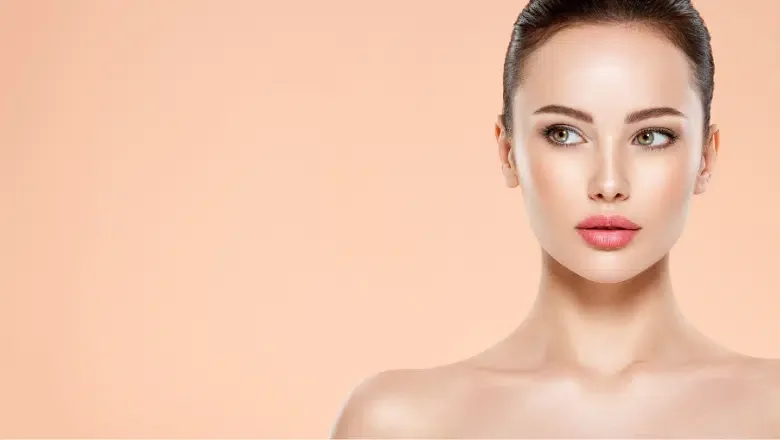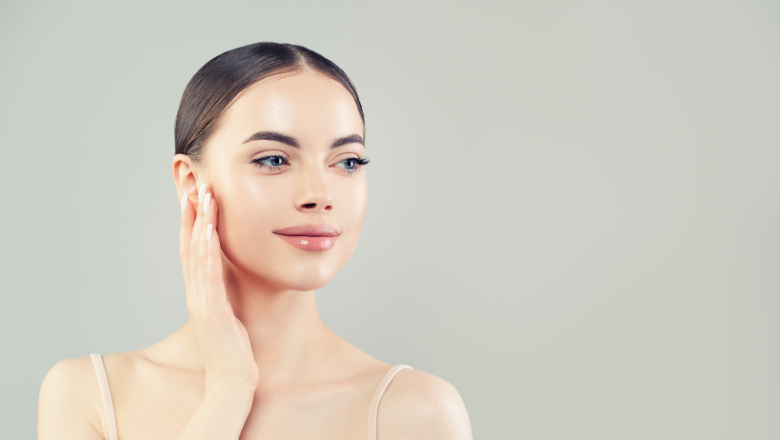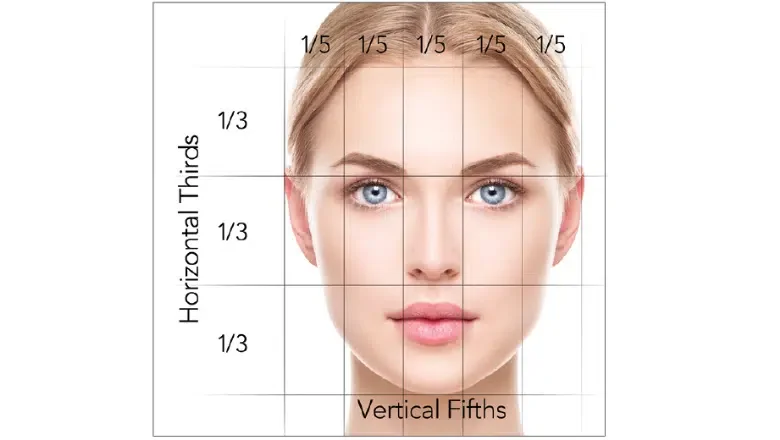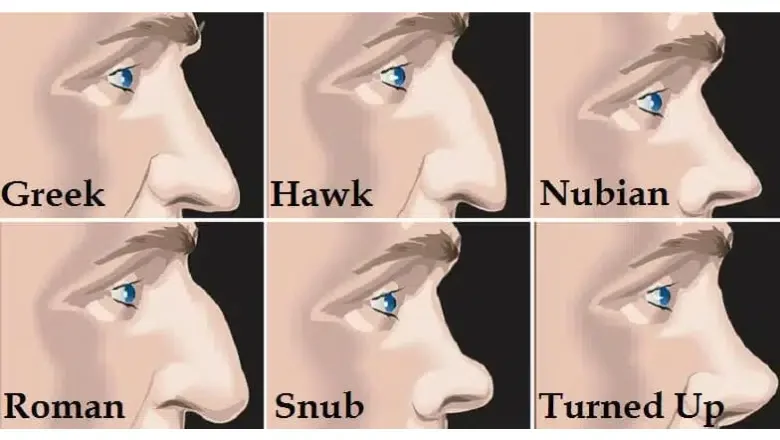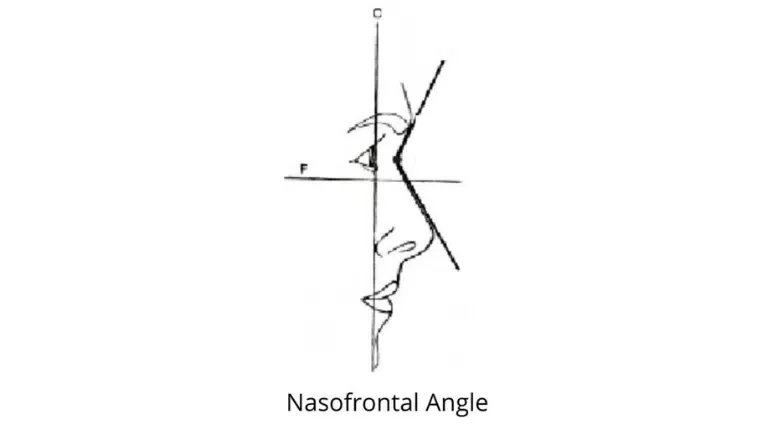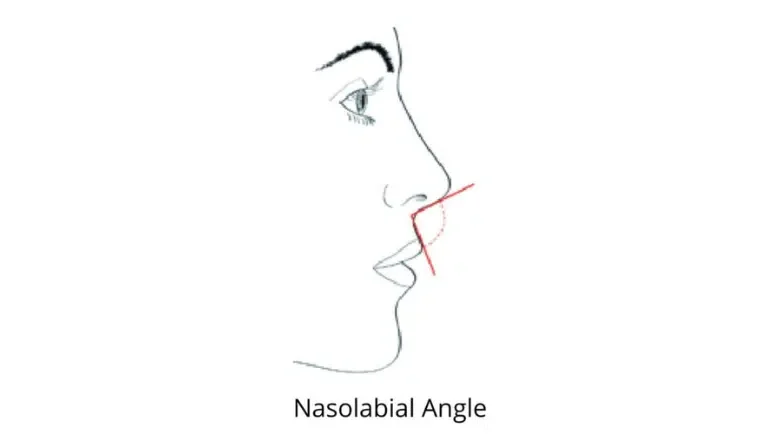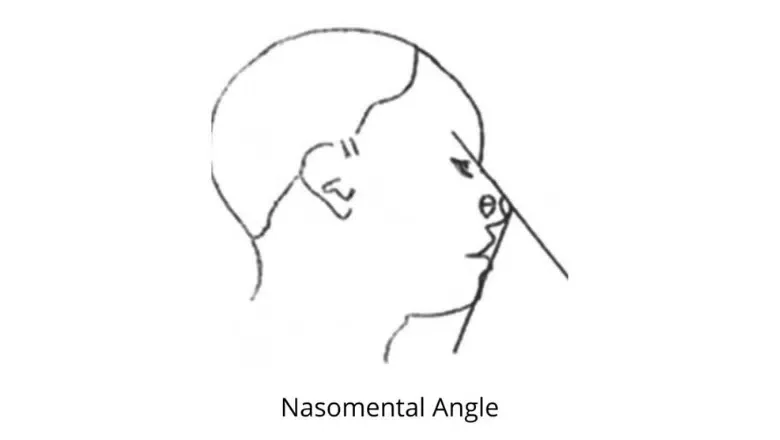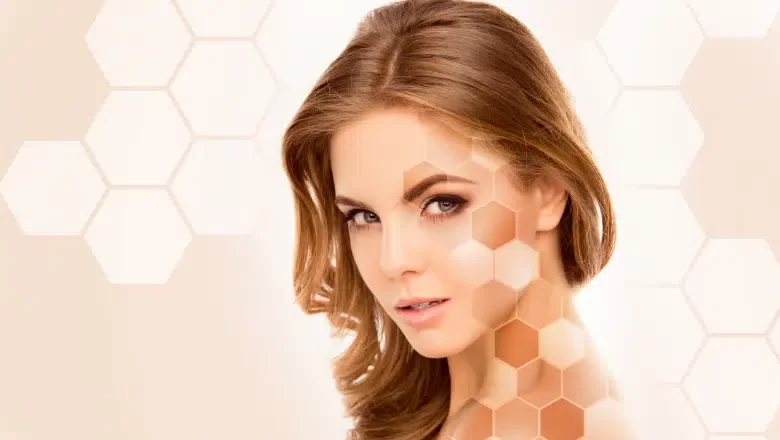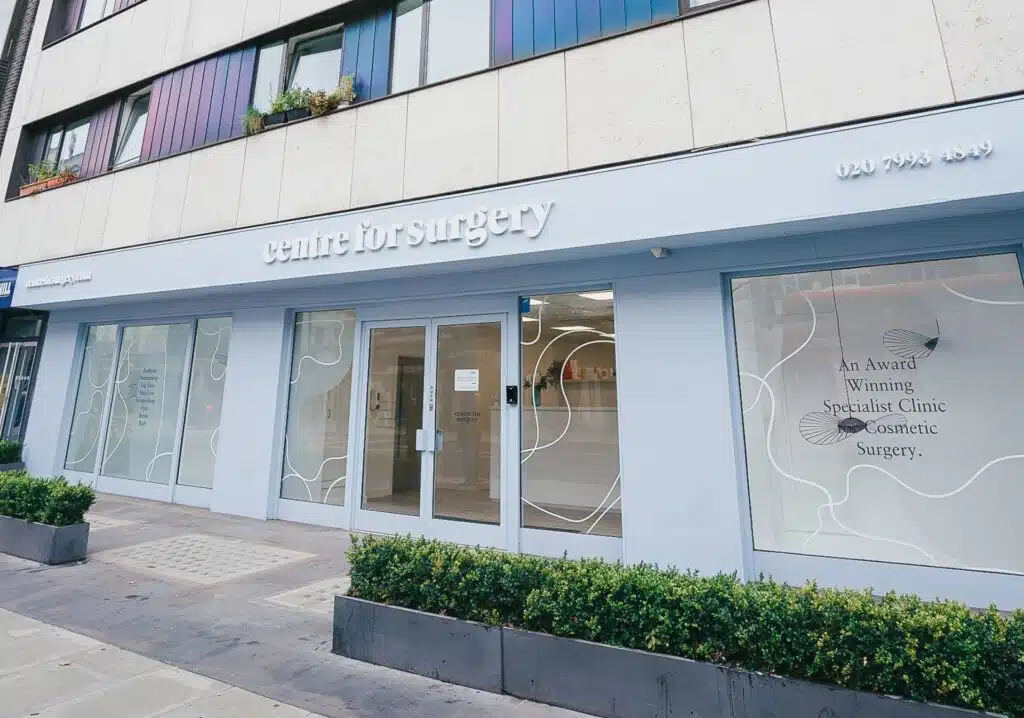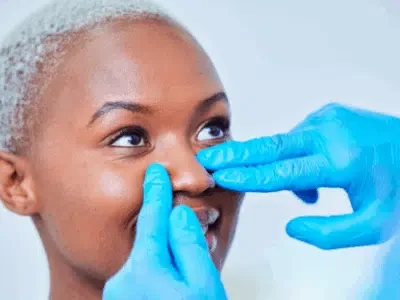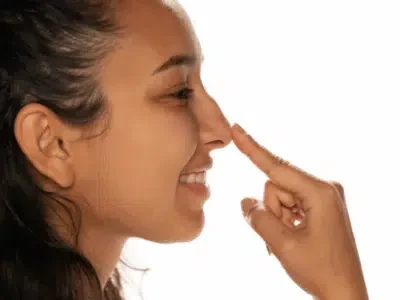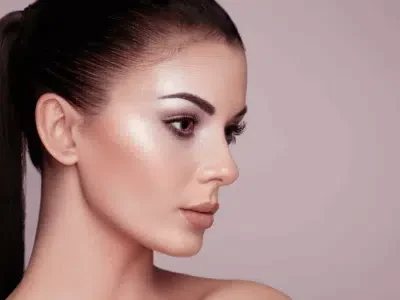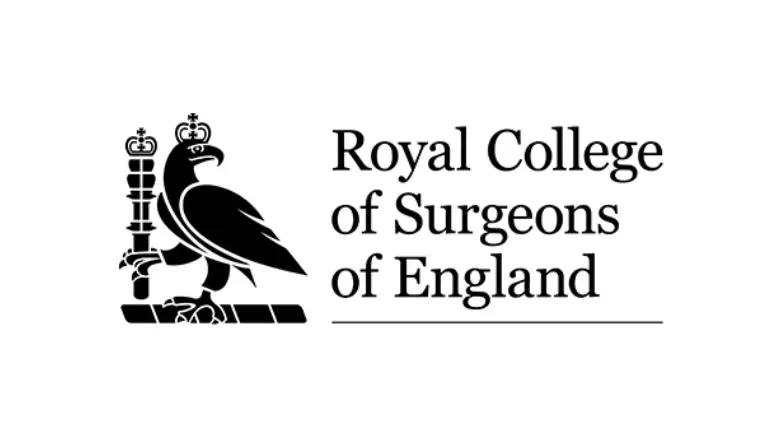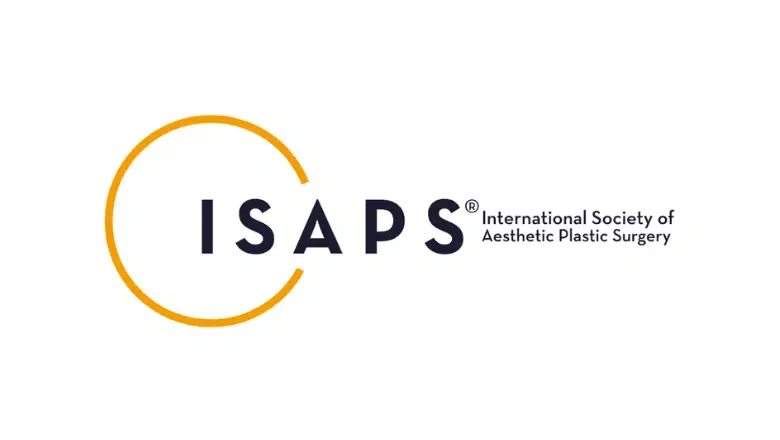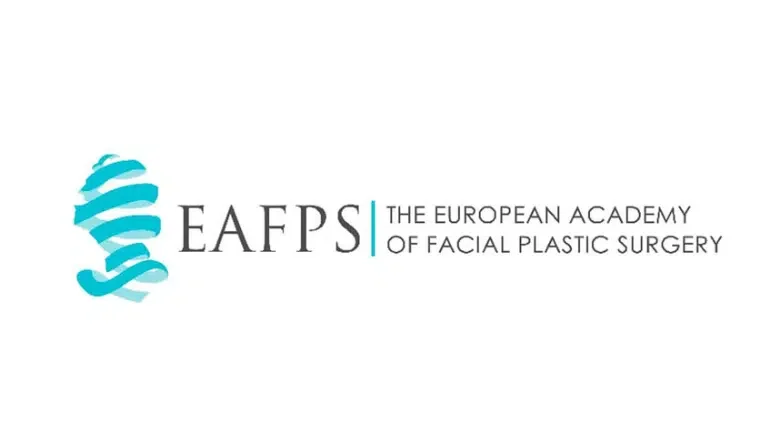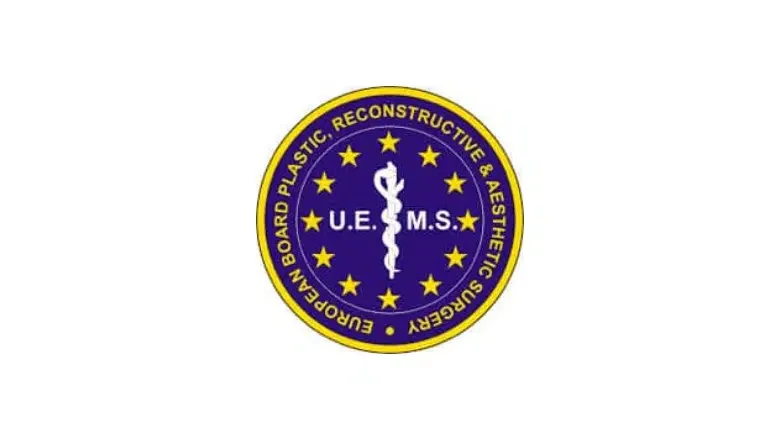What Is The Most Attractive Nose Shape?
Did you realise that certain shapes of the nose are thought to be more attractive than others? This is a fascinating topic, and it seems that people have different opinions on what makes a nose appealing. Let me explain a bit more.
RELATED: What Makes a Beautiful Nose?
One type of nose that many people find attractive is called the upturned nose. This nose has a tip that points slightly upwards, and it’s generally not too big. It has a certain charm to it that appeals to many.
Another nose shape often admired is the straight nose. This one is exactly as it sounds—straight and symmetrical. It has a classic appearance that seems to never go out of fashion. Some people really like this nose shape because it’s neat and orderly.
Then there are noses with a slight bump. Surprisingly, some people find this feature to be quite attractive as well. It adds character to the nose and makes it unique.
RELATED: Different Types of Nose Shapes – What are the Surgical Options?
But what’s considered the most beautiful nose? Well, that’s something that can vary greatly from person to person. Studies have been done on this subject, and they show that having the perfect nose shape is all about balance and proportion. It’s also about how well the shape of the nose fits with the other features of a person’s face. In the end, personal taste plays a big role in deciding what’s considered the most attractive nose shape.
RELATED: Understanding Nose Anatomy – The Ultimate Guide to Rhinoplasty
Now, you might be wondering about natural nose shapes versus those that are altered through surgery. Both exist, and some people choose to change the appearance of their nose surgically.
If someone is considering having surgery to modify their nose, it’s essential to have a good understanding of how their face is structured. Certain surgeries like rhinoplasty and nose tip surgery are popular options to create what some might call the perfect nose. But these decisions should never be taken lightly, and understanding one’s face well is crucial before deciding to go down this path.
Factors that Make an Attractive Nose
The nose, being the centrepiece of the face, holds a significant role in determining what’s considered beautiful in a person’s appearance. There’s quite a bit of research on this subject, and some common factors emerge that contribute to the beauty of a nose. Let’s delve into these factors.
RELATED: What is The Ideal Nose?
First and foremost, people’s opinions about what makes a nose beautiful can vary widely. However, there’s something that almost everyone agrees on: the importance of balanced proportions and symmetry. Humans seem naturally drawn to symmetrical faces, finding them pleasing to the eye. Therefore, symmetry is often a key target for surgeons when performing plastic surgery procedures on the nose.
Research has led to some specific findings about attractive nose shapes. For example, there’s a type of nose referred to as a ‘ski slope’ nose that’s often considered the ideal shape for females. This nose shape is characterised by a gradual curve from the bridge to the tip, resembling the slope of a ski hill. But it’s essential to note that this shape isn’t universally desired or suitable.
What’s most crucial when deciding on a new nose shape is looking at the overall proportions of the face. A nose shape that looks beautiful on one person may not work well for someone else. The size and shape of a nose must be in harmony with the rest of the facial features.
Before anyone considers altering their nose through surgery, they must take into account their unique face structure and what will suit them best. There is no one-size-fits-all when it comes to the ‘perfect’ nose. Instead, it’s about finding the right balance, symmetry, and shape that complements the individual’s face.
How to Measure Facial Symmetry
Facial symmetry is a critical consideration in aesthetics, particularly in the field of plastic surgery. It involves the precise measurements of different parts of the face, including the nose, to create a harmonious and balanced appearance. Here’s how plastic surgeons go about measuring and assessing facial symmetry using neoclassical facial canons.
Horizontal Thirds of the Face
One common method is dividing the face into horizontal thirds. This concept is used to describe an attractive and proportional face, and it involves specific rules:
- The Top Third: This portion covers the forehead and ends at the eyebrows.
- The Middle Third: This section includes the eyebrows down to the bottom of the nose, and it should ideally be one-third of the overall face height.
- The Bottom Third: This part extends from the bottom of the nose to the chin.
In a well-proportioned face, these thirds should be roughly equal. If the nose (part of the middle third) is too long, such as in a hook nose, surgeons can remove cartilage from the nose tip to shorten it and achieve better vertical symmetry.
Vertical Fifths of the Face
Another essential measurement is the vertical fifths of the face. Here’s how it works:
- The face is divided into fifths, each roughly the width of one eye.
- The ideal nasal width corresponds to the middle fifth of the face, equal to the width between the eyes.
These vertical fifths help surgeons determine if adjustments to the nose’s width are needed. If the nasal width is too wide, a procedure called Alarplasty can reduce it, narrowing the nostrils’ sizes. Conversely, if the nose is too narrow, cartilage can be added to increase the width, resulting in better overall facial balance.
The Importance of Proportions
While these rules provide valuable guidance, it’s essential to remember that each person’s face is unique. The goal is not to achieve some universally “perfect” proportions but to find the right balance that suits the individual’s specific features.
These methods, based on neoclassical facial canons, offer vital tools for assessing and planning plastic surgery, especially related to the nose’s positioning, size, and width. They help surgeons understand what changes might be needed to create a more appealing and symmetrical face.
Nose Profile: Definition and Types
The nose profile is an essential aspect of the face, playing a crucial role in our appearance and often defining our facial identity. It encompasses various elements that work together to create a harmonious look. Below, let’s explore what constitutes the nose profile and the types of nose profiles that exist.
The Perfect Nose Profile: Understanding Key Angles and Features
The concept of a “perfect nose profile” is subjective and can vary greatly depending on individual preferences and cultural norms. However, certain aesthetic principles guide the evaluation of what might be considered an ideal nose shape. These include the smoothness of the profile, how it aligns with the face, and specific angles that define its shape. Many women prefer a slightly upturned nose, which often gives a youthful and elegant appearance. The perfect upturned nose doesn’t protrude too far from the face, and it’s smoothly contoured.
Here’s a closer look at what constitutes the perfect nose profile and the critical angles that shape it:
The shape and appearance of the nose can be analysed through four primary angles:
Nasofrontal (Radix Angle)
This is the angle between the nose and forehead. A high nasofrontal angle creates a pronounced bridge, while a low angle results in a flatter bridge.
Nasofacial (Frontal Facial Angle)
This angle, between the nasal base and the upper lip, measures nasal prominence. A more prominent nose has a higher nasofacial angle, whereas a less prominent nose has a lower angle.
Nasolabial (Alar Facial Angle)
Measuring the angle between the nose tip and upper lip, this angle defines the nostril base’s shape. An upturned nose has a wider nasolabial angle, while a straight or downturned nose has a narrower angle.
Nasomental (Mental Angle)
This angle between the nose, forehead, and chin is influenced by the nose’s projection and height. An “ideal” angle here might be compromised if the nose is flat or the chin is recessed.
Customising the Perfect Nose
It’s essential to recognise that these angles work collaboratively, creating the overall shape and appearance of the nose. Yet, what might be considered ideal or perfect for one person may not be the same for someone else.
Considering Nose Surgery?
If you find yourself unhappy with the shape of your nose and wish to improve its appearance, consulting a specialist plastic surgeon at Centre for Surgery can be a vital step. Such a professional can offer natural-looking results that enhance facial balance, respecting the unique character and proportions of your face.
What Is the Perfect Nose Shape?
When it comes to defining the “perfect” nose shape, it’s essential to recognise that beauty and attractiveness are highly subjective. The perfect nose for one person might not be the same for someone else. However, some general attributes and preferences for both women and men can be identified.
RELATED: What is a Perfect Nose?
Pretty Noses for Women
For many women, the ideal nose shape tends to be more delicate and refined. Here are some common features that are often considered attractive:
- Thin and Delicate: Many women desire a nose that is thin with a delicate tip.
- Button Nose Shape: Often referred to as the perfect button nose, this shape features a small nose tip with a slight upturn. It’s often seen as “cute” and charming.
- Proportion and Balance: Above all, a natural perfect nose for women is one that fits harmoniously with the rest of the face, maintaining balance and proportion.
Ideal Nose Shape for Men
Men’s preferences for nose shape can differ significantly from women’s. Here’s what is generally considered appealing:
- Straight Nose: Men often prefer a straight nose, sometimes likened to the classic Greek nose shape. It’s defined by a straight bridge and narrow nostrils.
- Avoiding Overly Small or Pointy Tips: An extremely small or sharply pointed nasal tip is generally not seen as fitting for men.
- 90-Degree Angle: Particularly for men, the ideal angle between the base of the nose and the tip is often considered to be 90 degrees, creating a strong and defined appearance.
What Parts of the Nose Can We Change with Rhinoplasty?
Rhinoplasty, also known as a “nose job,” is a versatile surgical procedure that can make substantial changes to various aspects of the nose. The goal is not simply to create a “perfect” nose but to craft a shape that harmonises with the rest of the face and reflects the patient’s unique needs and preferences. Here are the parts of the nose that can be altered through rhinoplasty:
1. Dorsal Hump
- Problem: Bumps or humps on the bridge of the nose can be seen as unattractive by some.
- Solution: Rhinoplasty can smooth out these bumps, creating a sleek and even bridge.
2. Nose Width
- Problem: Some individuals might feel that their nose is too wide for their face.
- Solution: Rhinoplasty can narrow the overall width, creating a slimmer and more balanced appearance.
3. Nose Tip
- Problem: Thick nasal skin can cause the nasal tip to appear round and undefined.
- Solution: Surgeons can reshape the tip to make it more defined, giving it a sharper and more attractive appearance.
4. Narrower Nostrils
- Problem: Overly wide or asymmetrical nostrils can affect the overall cosmetic appearance of the nose.
- Solution: A procedure known as Alarplasty can reshape the nostrils, making them smaller or more symmetrical.
5. The Angle of the Nose Tip
- Problem: The angle of the nose tip can significantly impact how masculine or feminine the nose appears.
- Solution: Adjustments can be made to this angle to suit the patient’s preferences, such as creating a straighter angle for a more masculine look or a slight ‘ski slope’ angle for a more feminine appearance.
FAQs on Attractive Noses
What Is Perfect Face Symmetry?
Perfect face symmetry is an aesthetic concept used to guide the ideal shape and placement of facial features, including the nose. Dividing the face into thirds helps in determining balanced proportions, such as the ear’s length being the same as the nose’s length, or the eye’s width equalling the distance between the eyes. This symmetry is often associated with attractiveness and is considered in various cosmetic procedures.
What Are the Different Types of Noses?
There’s a wide variety of nose shapes, and according to research, there are 12 main types. These include hooked, snub, Roman, and many others. Each has unique characteristics and may be more or less appealing to different individuals.
What Is a Button Nose?
A button nose is a specific nose shape characterised by its small size and rounded tip. It often has a slight upturn at the end, giving it a cute and delicate appearance. Many people find this shape appealing, and it’s a commonly requested feature in rhinoplasty surgeries.
How to Get a Smaller Nose?
If you desire a smaller nose, surgical intervention through rhinoplasty might be the solution. By reducing the nose bone and/or cartilage, a qualified plastic surgeon can create a more refined appearance. It’s vital to choose a reputable centre like Centre for Surgery to ensure safe and aesthetically pleasing results.
What Is the Ideal Nose Shape?
The ideal nose shape is highly subjective and varies from person to person. There’s no one-size-fits-all answer, but generally, the most attractive nose is one that harmonises with the rest of your facial features. It shouldn’t be too large or too small, and it should complement your natural beauty, enhancing your confidence.
Why choose Centre for Surgery for rhinoplasty?
Choosing Centre for Surgery for your rhinoplasty (nose reshaping) procedure offers a host of benefits that sets us apart as a leader in the field of cosmetic surgery. Here’s why patients prefer our clinic for their rhinoplasty needs:
1. Experienced Surgeons:
Our team comprises highly skilled and trained surgeons who specialize in rhinoplasty. With years of experience, they understand the nuances of nasal anatomy and can create natural, harmonious results that align with your facial features.
2. Tailored Approach:
We believe that each patient is unique, and so should be their treatment. Our surgeons will work closely with you to understand your aesthetic goals and create a bespoke surgical plan tailored to your specific needs and desires.
3. Cutting-Edge Technology:
Centre for Surgery is equipped with the latest surgical technologies that enable us to perform rhinoplasty with precision and efficiency. This ensures minimal scarring, reduced recovery time, and outstanding results.
4. Comprehensive Consultation Process:
We prioritise patient education and communication. During the consultation, we provide detailed information about the procedure, potential risks, and expected outcomes. We encourage questions and provide honest, transparent answers to ensure you are fully informed.
5. Exceptional Aftercare:
Our commitment to patient care extends beyond the operating room. We provide comprehensive post-surgical support, including follow-up appointments and 24/7 access to our medical team if needed. This commitment to ongoing care ensures a smooth recovery and optimal results.
6. Safety and Hygiene Standards:
Patient safety is our utmost priority. We adhere to stringent safety protocols and maintain a clean, hygienic environment to minimize risks and complications. Our clinic is accredited by relevant healthcare authorities, ensuring that we meet the highest standards of medical care.
7. Transparent Pricing:
We provide clear and transparent pricing without hidden fees. Our all-inclusive packages cover the surgical procedure, anaesthesia, and aftercare, so you know exactly what to expect financially.
8. Comfortable Facilities:
Our state-of-the-art Baker Street clinic offers a comfortable and welcoming environment. From modern surgical suites to private recovery rooms, we strive to make your experience as pleasant and stress-free as possible.
9. Positive Patient Testimonials:
Our reputation for excellence is reflected in the positive testimonials and before-and-after photos of our satisfied patients. Their experiences speak to our dedication, skill, and the quality of our work.
10. Convenient Location:
Centrally located in London, UK, Centre for Surgery is easily accessible via public transport or private car, making it convenient for both local and international patients.
